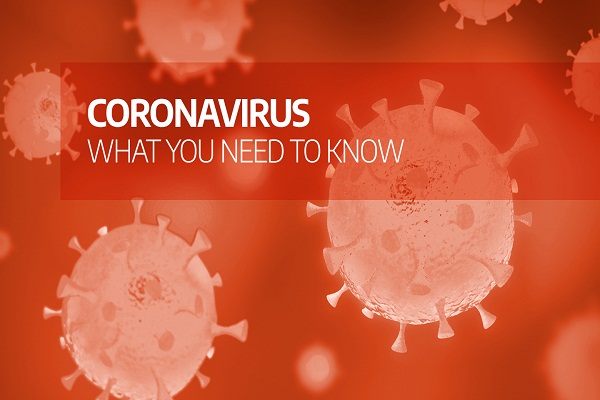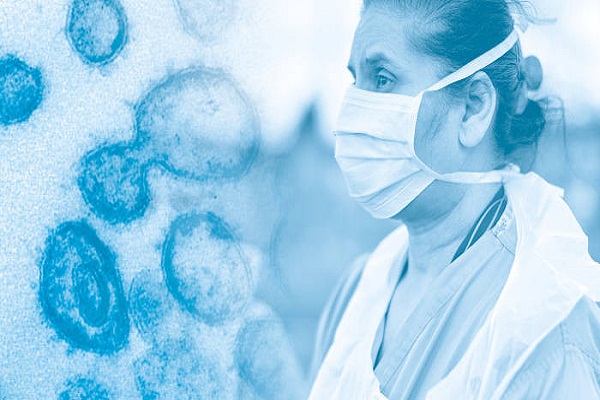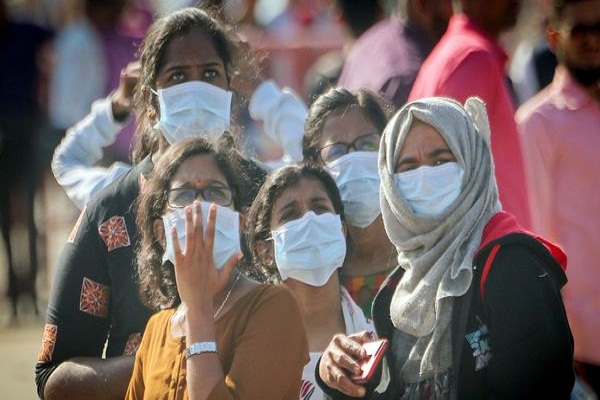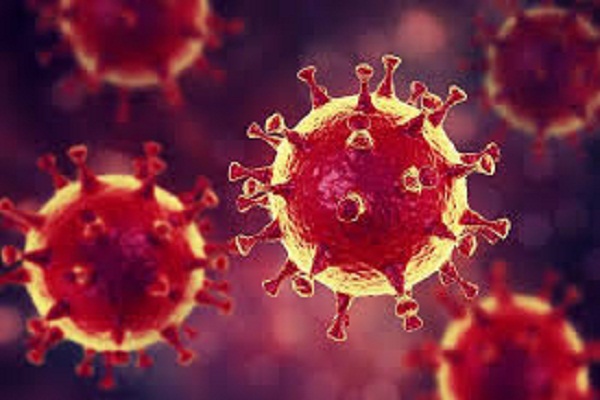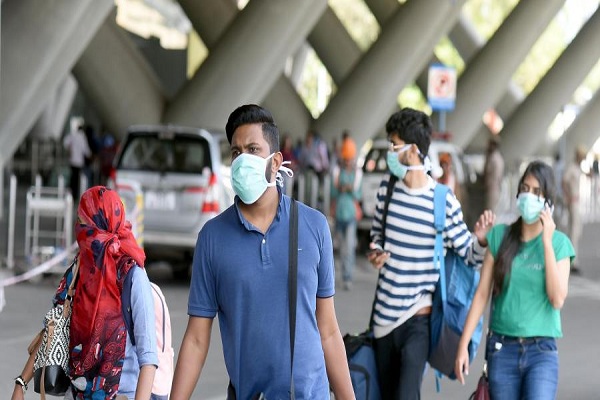
54-year-old Seethagaru’s life (name changed for privacy) has regularly hung in the balance because of severe asthma. She had been suffering from asthma for the last 18 years and the disease severity was slowly increasing as the years progressed. She used inhalers for several years despite which she had asthma attacks. She was also admitted in the hospital three times. When all treatments failed, the doctor recommended Bronchial Thermoplasty (BT). “I could not even climb a flight of stairs earlier and now I am handling my son’s wedding events single-handedly. I would suggest all patients suffering from severe asthma to go for this therapy,” she said after undergoing the procedure.
With deteriorating air quality and rising pollution, cases of breathlessness and cough have seen a significant rise. Diseases like asthma which affects the old and the young are on the rise. There are an estimated 2 crore asthma patients globally, out of which at least one in every 10 asthma patient lives in India. These people are dependent on inhalers to manage their symptoms like wheezing, coughing, breathlessness and chest tightness.

In people suffering from asthma, the symptoms can be triggered by several factors such as environmental triggers (dust, pollen), air pollution, respiratory infections, climate changes, severe physical or emotional stress and hormonal changes. Symptoms usually respond well to inhaler therapy but in those with severe asthma, patients’ symptoms do not respond to medications. This condition is known as therapy-resistant asthma. In this situation, I recommend my patients to go for newer therapies like bronchial thermoplasty or biologics.

Approximately 5 percent of asthmatic patients have severe asthma and such people with severe asthma continue to have symptoms of breathlessness and cough despite using inhaler medicines regularly. In such cases, asthma attacks are recurrent and they require frequent hospital visits. Comorbid diseases like acid reflux disease, obesity, rhinosinusitis, stress and obstructive sleep apnea increase the severity of symptoms in asthmatics and addressing these diseases also leads to improvement in the quality of life of asthma patients.

With technological innovations in healthcare driving the change in the treatment of diseases, biomedical researchers have developed bronchial thermoplasty to improve the quality of life of patients suffering with severe asthma. Bronchial thermoplasty reduces the recurrent asthma attacks and decreases the hospital and emergency department visits.

Patients with asthma have airways which are narrower than normal. This makes it difficult for the patient to breathe. The narrowing of the airways is because of increase muscle in the walls of the airways as well as increased mucus production. More severe the asthma, more is the muscle thickness and narrower are the airways. This makes breathing difficult and trigger coughing, wheezing and breathlessness. Bronchial thermoplasty is the only treatment modality for asthma which targets these smooth muscle. It reduces the muscle mass and opens up the narrowed airways.
Scheduled three weeks apart, Bronchial thermoplasty therapy is carried in three sessions at three weekly intervals. Each session is performed under moderate sedation and takes less than an hour to complete. “To the patient’s airway, through a bronchoscope, a thin catheter that gives heat energy is introduced. Controlled heat energy is applied systematically to the patient’s airways using this specially designed catheter. The heat energy reduces the smooth muscle which surrounds the airway and as a result the airways broaden. Once the narrowed airways open, it becomes easy for the person to breathe, and the frequency and severity of the asthma attacks significantly comes down.
Another alternative modality of treatment for patients suffering from severe asthma is the use of medicines called Biologics. These are medicines given as a sub cutaneous injection and these medicines act by blocking the inflammation in the airway wall. These medicines have to take regularly for sustained benefit. Not all patients qualify for the use of such molecules and certain investigations like serum Ig E level and blood eosinophil count need to be performed before initiating such therapies. Two such molecules, Omalizumab and Meplizumab are available in the Indian market. Other biologic medicines are also likely to be launched in the near future in the Indian market. For patients who do not respond to either to these treatments, bronchial thermoplasty can be used.
According to a WHO report released in December 2016, there were 383 000 deaths due to asthma in 2015. Considering the rising incidence of severe asthma cases, technological innovations such as BT are a blessing. Thanks to technology, patients who never got a respite from severe asthma and continued to live in the fear of getting a asthma attack – now see a ray of hope. If you or anyone you know is experiences any symptoms of severe asthma, the situation requires you to consult a pulmonologist and consider BT as a possible treatment option.
(Disclaimer: The writer is Dr Nagarjuna Maturu, Senior consultant pulmonologist, Yashoda Hospitals Hyderabad. Views expressed are a personal opinion.)
Be a part of Elets Collaborative Initiatives. Join Us for Upcoming Events and explore business opportunities. Like us on Facebook , connect with us on LinkedIn and follow us on Twitter , Instagram.
"Exciting news! Elets technomedia is now on WhatsApp Channels Subscribe today by clicking the link and stay updated with the latest insights!" Click here!







